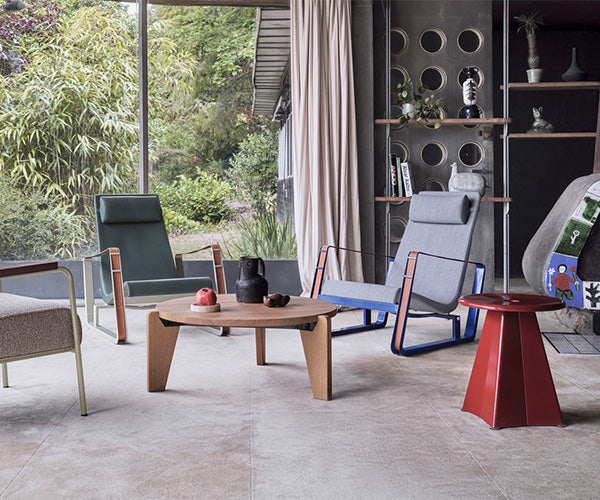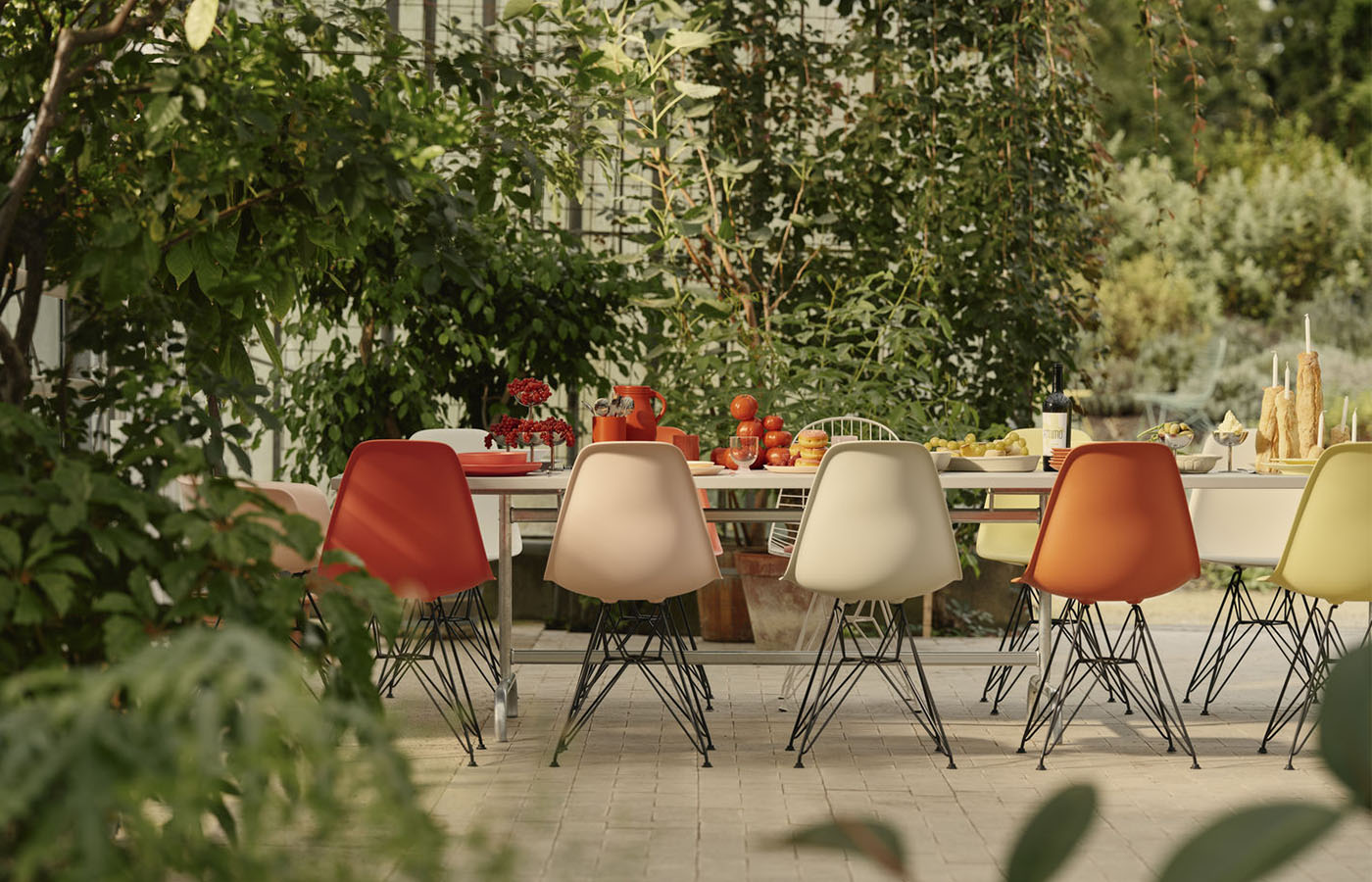The Wishbone Chair, the iconic beacon of mid-century Danish design was, in fact, inspired by the minimalism of China’s Ming Dynasty? We go back to 1947 to find out more…
Summing up everything we love about Danish design. It’s functional, simple, beautiful and organic, in the classic stripped-back Danish way. To touch one of the chairs is to feel its soft and curved frame. Also known as the Y Chair, thanks to its distinctive Y shaped back that supports the back for extreme comfort, the Wishbone chair is a chair you will find in modern homes, restaurants and hotels all over the world..
In 1947, with the world still reeling from WW2, a young unknown Danish designer called Hans Wegner exhibited at the Copenhagen Cabinetmakers’ Guild Exhibition.

"The chair is the piece of furniture that is closest to human beings. You can give it the personal touch." - Hans J.Wegner
His radical and stripped back design caught the attention of Carl Hansen's family business, who had an ambitious desire to go into manufacturing. They took a chance by producing five of Wegner's pieces and the rest is history. But here are a few things you might now know:
1. The Wishbone Chair is inspired by the Ming dynasty
Wegner was inspired by China's Ming Dynasty. Specifically, the Wishbone Chair was inspired by classical portraits of Danish merchants sitting on Chinese Ming Chairs.
The Ming style developed under the strong influence of Taoism and Confuciansim, two schools of Chinese philosophy. The approach resulted in shapes defined by a continuous horizon of lines meeting in the chair back and to the curved arms - an expression known in China as “yuanhun” - meaning roundness and were symbolic representing power and good fortune. The Wishbone is also known as the 'Y' Chair.
Many European furniture makers had emulated the Ming style (including Kaare Kimt, the grandfather of Danish Modernism), but Wegner did it differently. He blended the Ming aesthetic with a distinctly Scandinavian outlook and form; his style is often described as "organic functionality".

2. Commercial success didn't come overnight for the "supermodel" of chairs
Ironically, the chair is now known as "the supermodel" of chairs thanks to it's extensive coverage (and countless front pages) in Interior magazines, as well as being a permanent fixture in museums such as the New York Met, the Design Museum Denmark's "Just One Good Chair" permanent exhibition.
However, the Wishbone Chair wasn't popular initially with a Danish audience used to darker, more traditional woods such as mahogony. However it attracted attention in the US and Europe and subsequently became a much-loved piece of furniture in its home country.
"They didn’t fit into a 1950s home,” observes Knud Erik Hansen, Carl Hansen + Son's current CEO. “Even my granddad, used to heavy mahogany, thought they looked like garden furniture.”
According to the Met:
“The chair is an icon of the high quality craftsmanship, attention to detail and construction, generous proportions, comfort, and texturally pleasing materials that contribute to the perception of Scandinavian design as particularly human-centred, modest and well made.”
3. Paper is a core component

Each Wishbone Chair has almost 400 feet of paper cord woven into its seat and there are over a hundred steps in the manufacturing process. Believed to have a lifecycle of around fifty years, the geometric seat is hand-waxed and can be woven by a Master Weaver within an hour.
4. 25% of global sales are in Japan
Interestingly, Japan is a hugely important market for Carl Hansen + Son's Wishbone Chair. A quarter of all sales come from Japan and it's so popular it even has its own book celebrating the chair.
In the 1990's the height of the Wishbone Chair was increased by 2cm to reflect the increase in average height of people. Japan still purchases it in its original height.
5. It's also playful

‘We must take care,’ Hans J. Wegner once said, ‘that everything doesn’t get so dreadfully serious. We must play – but we must play seriously.’
As well as it's organic tones, the Wishbone Chair comes in a range of bright and playful colours that feel modern and fresh and instantly bring a feeling of joy into a space.
As well as colours, shop the Wishbone Chair Beech and Wishbone Chair Wood and see the rest of the Wishbone Chair Collection.







Leave a comment (all fields required)